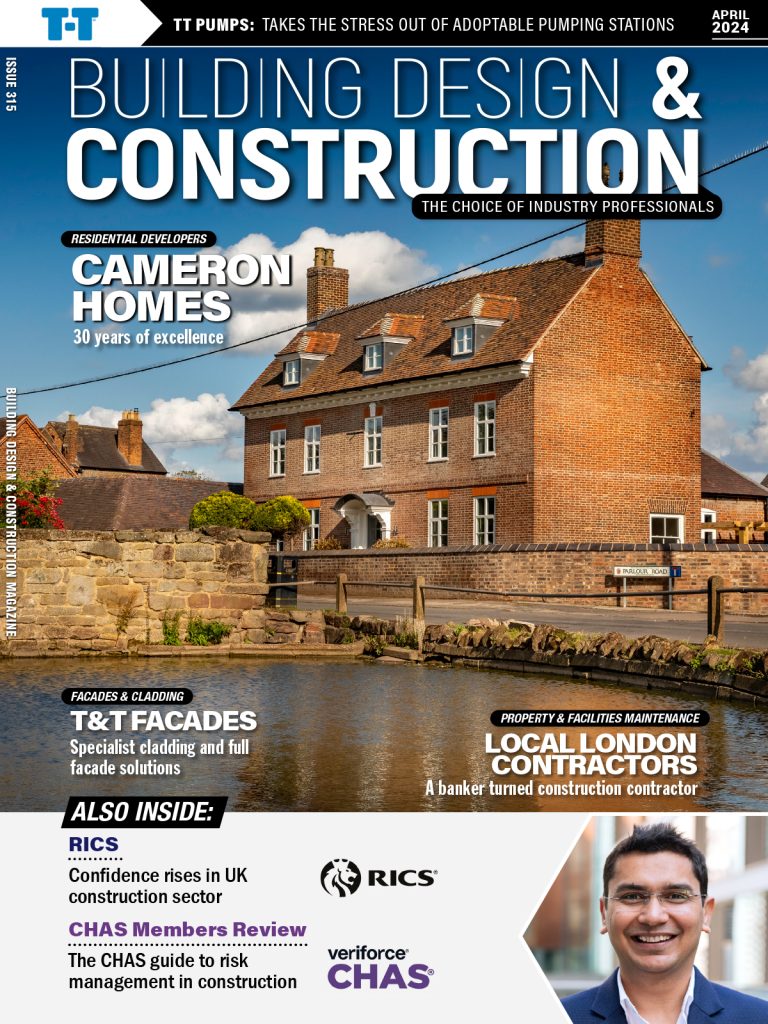

In 2014-15, housing association new build completions were 25% higher than in the previous year, driven by higher workloads before the deadline to complete the final units under the 2011-2015 Affordable Homes Programme (AHP). In 2015-16, the number of HA completions is expected to rise by around 2% and thereafter expected to remain relatively flat until 2019. Looking further ahead, the sector is forecasting around 170,000 homes to be built by housing associations across the UK by 2020.
In 2015, total UK housing association stock increased to almost 2.9m units, with increases in all types of housing. Around 75% of market stock owned or managed by housing associations is general needs housing, which is primarily social rental accommodation. Though the housing association sector is diverse, with over 1,700 UK associations varying in size from under 10 homes to more than 50,000, over 95% of homes are managed by the top 400 housing associations. Sanctuary H.A is still the largest housing association in England followed by London and Quadrant, which increased its stock by 1,600 units last year, and Circle.
There is currently a period of unprecedented change in the sector, with changes to the welfare system and a greater use of the Affordable Rents Model representing new challenges. In addition, the policies of the government to increase the supply of affordable housing are now firmly focused on home ownership rather than affordable housing for rent. A number of housing associations are considering building more private rented housing – known as ‘build to rent’ – to fund development. Indeed, some major housing associations have now dropped affordable and social rent from their development plans, in a response to government cuts and changes outlined in the 2015 Budget.
Housing associations face significant new risks – not least the introduction of the Affordable Rent investment model which is expected to have a considerable effect on income streams. The Government acknowledged a number of challenges to the housing association sector in the 2015 Budget, including a decision to impose a 1% annual rent reduction in the social rented sector for 4 years from April 2016, which will directly reduce social landlords’ rental income and welfare payments made to tenants. Further reforms to the social housing sector are also expected under the Government’s Housing and Planning Bill 2015, which had its second reading in the Commons on 2nd November 2015. The Bill aims to provide legislation for the creation of more affordable homes, with a focus on ‘starter homes’ and ‘custom or self-built’ homes, for increased home ownership.
“The Affordable Rent model is one of the most far reaching changes to affect the social housing sector. It has absorbed large amounts of the housing association sector’s financial capacity, and as a result many housing associations have been forced to take on increasing amounts of borrowing and risk” said Andrew Hartley, Director of AMA Research. “This is likely to continue with the majority of all homes allocated funding under the AHP 2015-18 being for affordable rent.”
Going forward, prospects for the housing association sector in the short-term remain challenging. While it was announced in the 2015 Spending Review that the annual public housing budget would be doubled to £2bn a year in 2018-19 and 2019-20, the government’s £6.9bn housing investment plan focuses almost entirely on home ownership, with little reference to social or affordable housing for rent. The Government’s focus on starter homes is likely to be led by private sector developers exempted from Section 106 obligations, rather than building by councils or housing associations. The limited grant funding under the AHP, driven by the emphasis by the Government on the Affordable Rent investment model, will also severely affect housing association building activity, and in addition, revenue streams are likely to be sharply reduced by welfare changes and housing associations will find their capacity to borrow or secure finance from capital markets will continue to be constrained.
The ‘Housing Association Market Report – UK 2016-2020 Analysis’ report is published by AMA Research, a leading provider of market research and consultancy services with over 25 years’ experience within the construction and home improvement markets. The report is available now and can be ordered online at www.amaresearch.co.uk or by calling 01242 235724.





